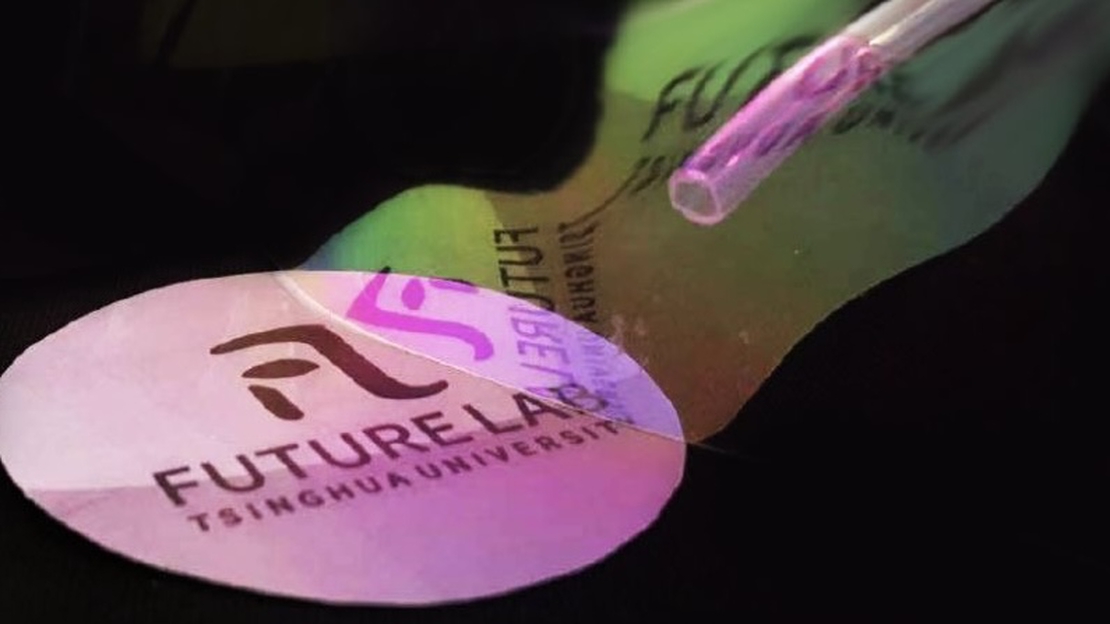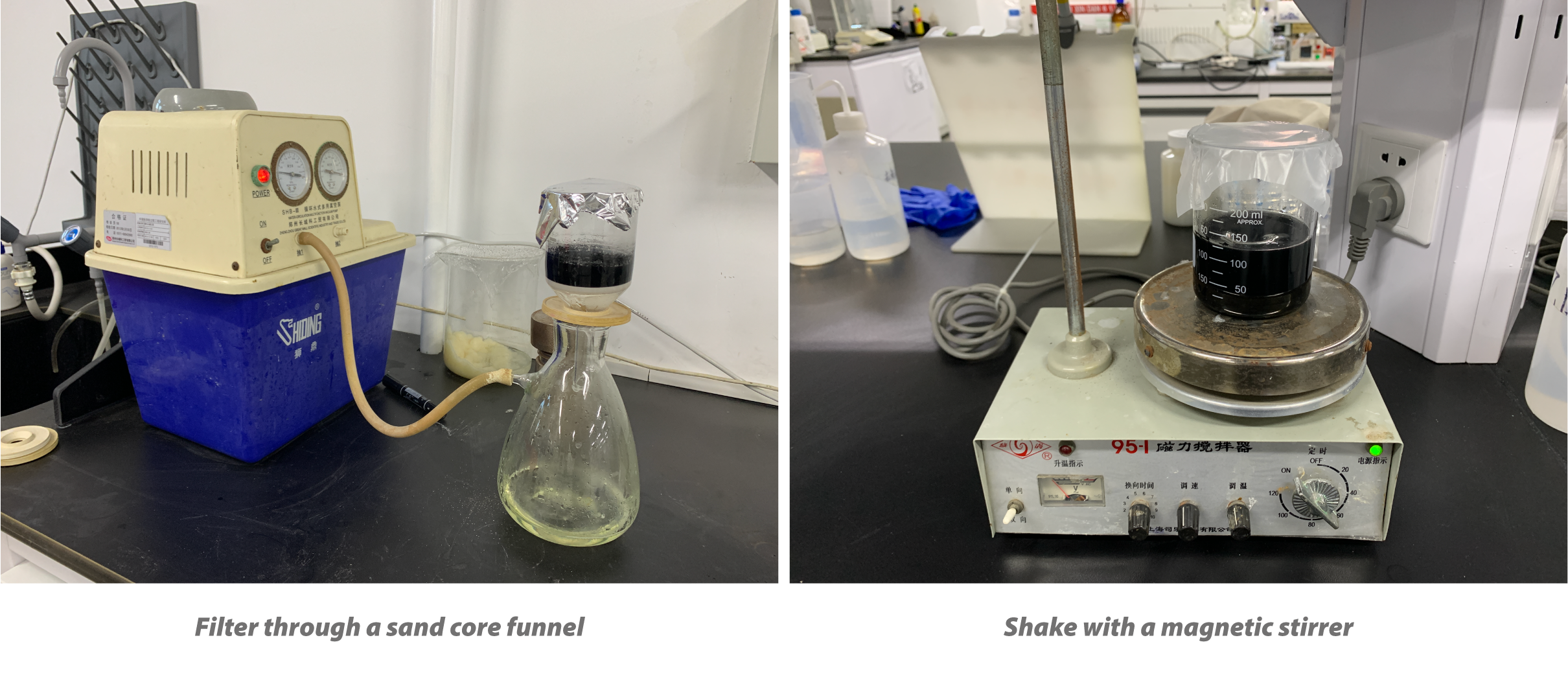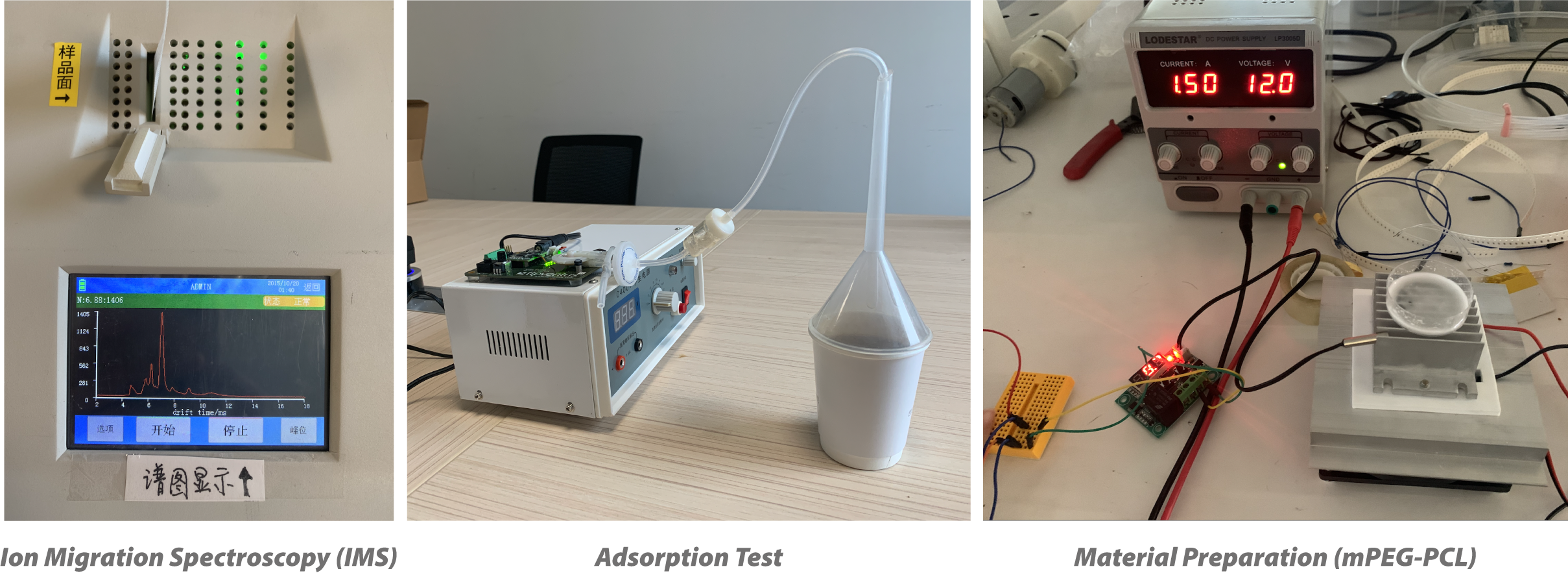
Scent Camera 2.0
Humans possess five senses: vision, hearing, smell, touch, and taste. These senses receive signals from the external world, which are then processed by the brain to form perceptions, ultimately laying the foundation for our understanding of the world. In the journey of human technological development, the data collection technologies related to the five senses have always been a crucial factor in driving the progress of human society.
For instance, the camera established the basis for recording visual images, which further evolved into digital imagery, giving rise to a host of significant disciplines such as computer vision, computer graphics, and visual neuroscience. Similarly, image acquisition plays a pivotal role in foundational sciences like physics, chemistry, astronomy, and medicine. The collection of sounds enables voice calls, recording music, and voice-controlled operations. Research into touch and taste enhances the quality of life, with countless applications. As the data collection of other senses plays a significant role in propelling technological progress, we are now exploring the realm of olfaction.
The moist scent of grass and trees after yesterday’s rain,
The faint fragrance of night-blooming cereus when it blossomed last week,
The warm aroma from my mother’s embrace last year…
We can capture the moments of time, but can we also record the scents of a memory?
Scent Camera - Capturing the memories of the moment
The Scent Camera is a portable device designed for the instant capture, storage, and playback of scents. It can be considered a medium for recording olfactory information, similar to how a camera records visual information. Our goal is to enable users to conveniently and quickly capture the scents of life. It has a wide range of application scenarios, including the preservation and re-experiencing of scents, scent sharing, and scent identification.
In the designing process of version 2.0, I developed the system architecture including adsorption, storage and emit modules with aerogel-based material. The Prototype reduced the device volume by 50% and doubled the scent retention time compared with version 1.0. The following is a record of some experiments.
1. Surface modification of multiwalled carbon nanotube
Through the oxidation modification of concentrated nitric acid and sulfuric acid:
- The tube length is shortened.
- The specific surface area is increased.
- The surface nitrogen-containing and oxygen-containing functional groups are increased.
- Its adsorption capacity enhanced.

2. Ion migration spectroscopy for material adsorption performance analysis
In the process, I found that the existing physical or chemical adsorption apparatus was only suitable for analyzing the adsorption capacity of the material to a specific or several mixed gases, which could not meet the test requirements. So my team and I designed a new analytical instrument.
